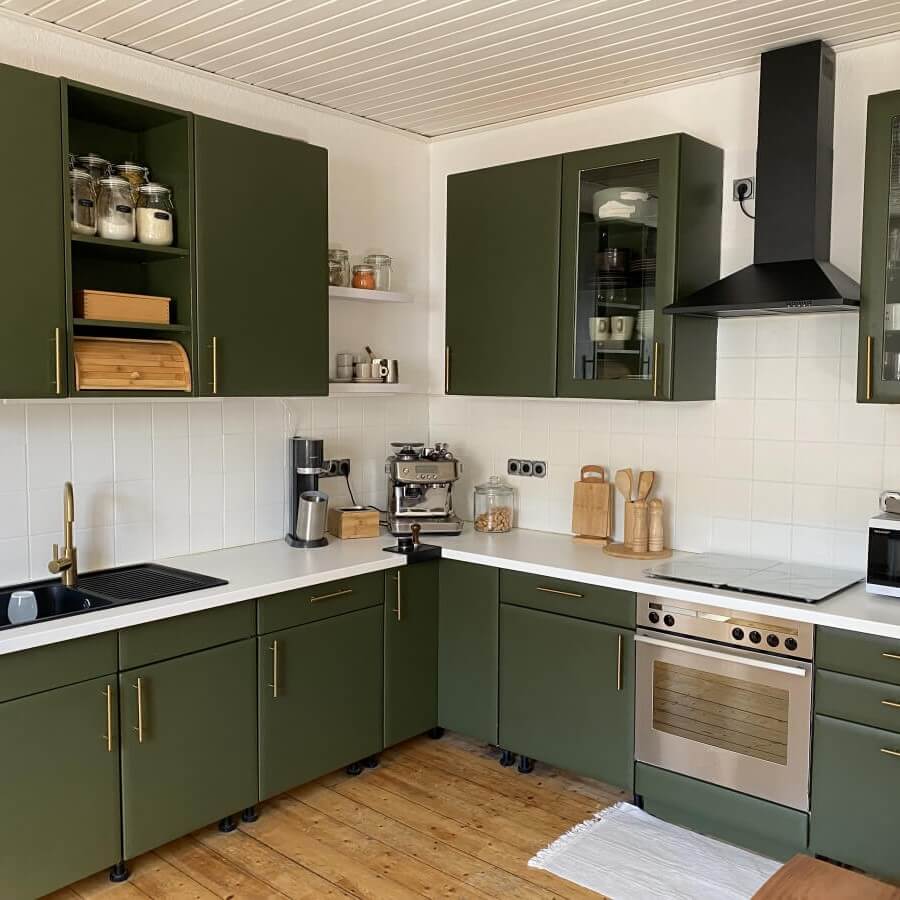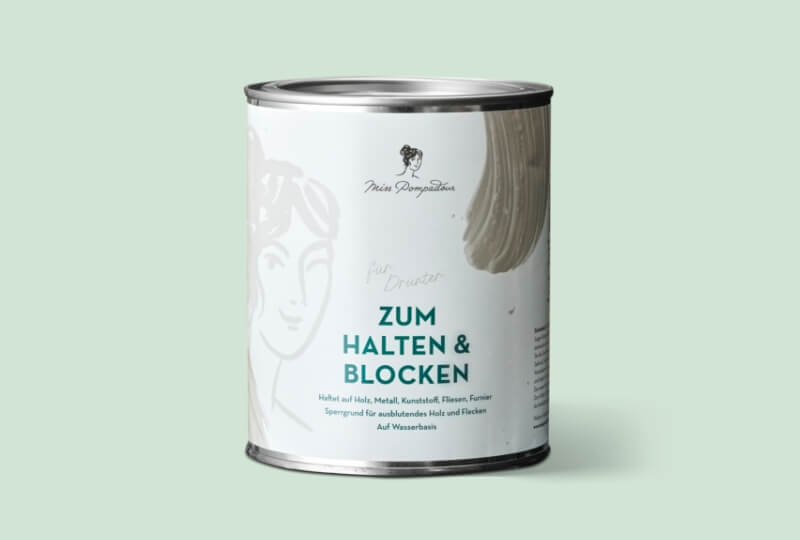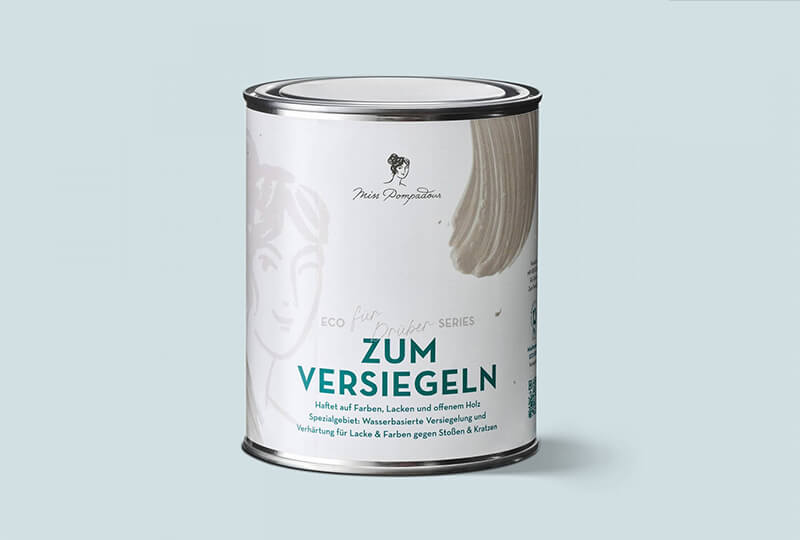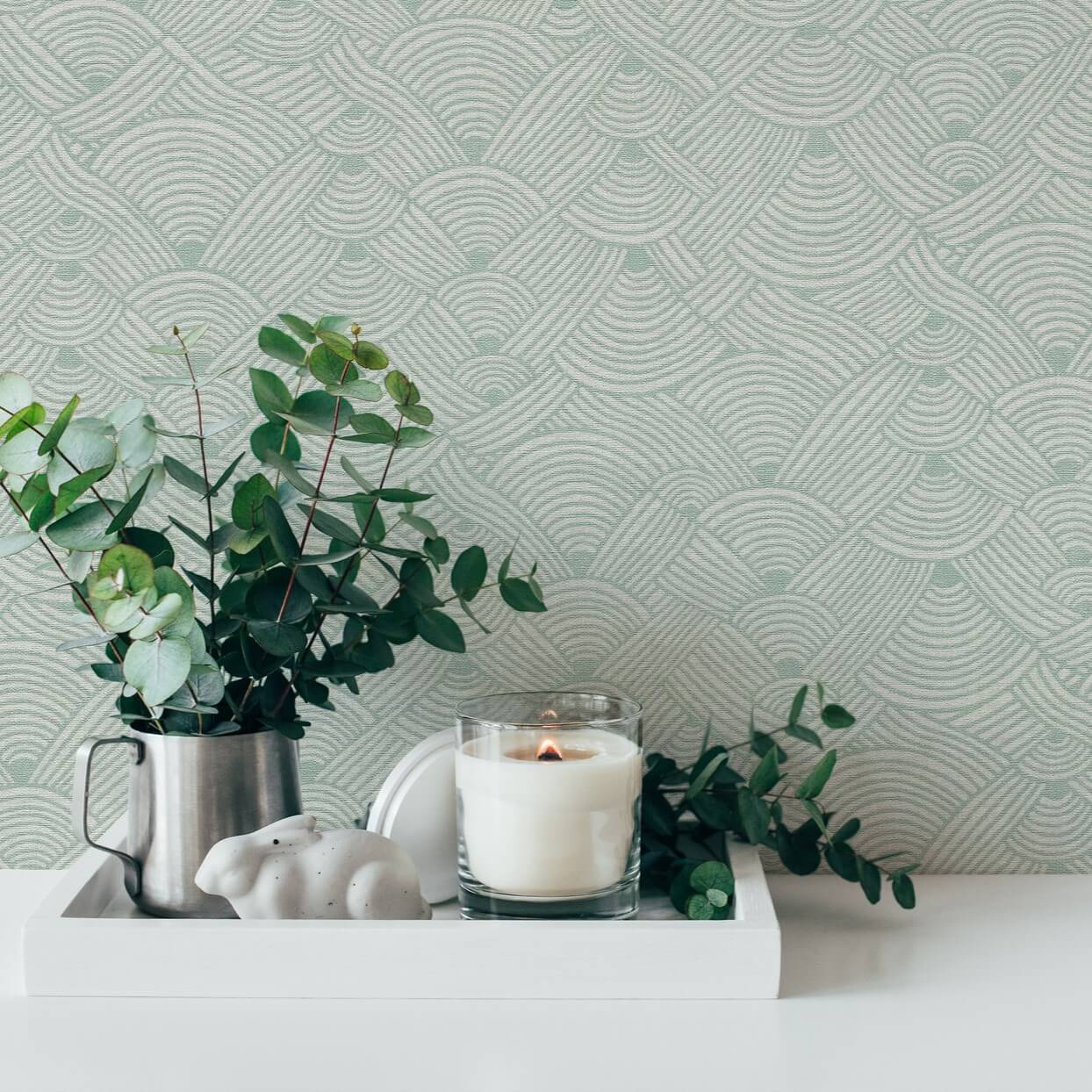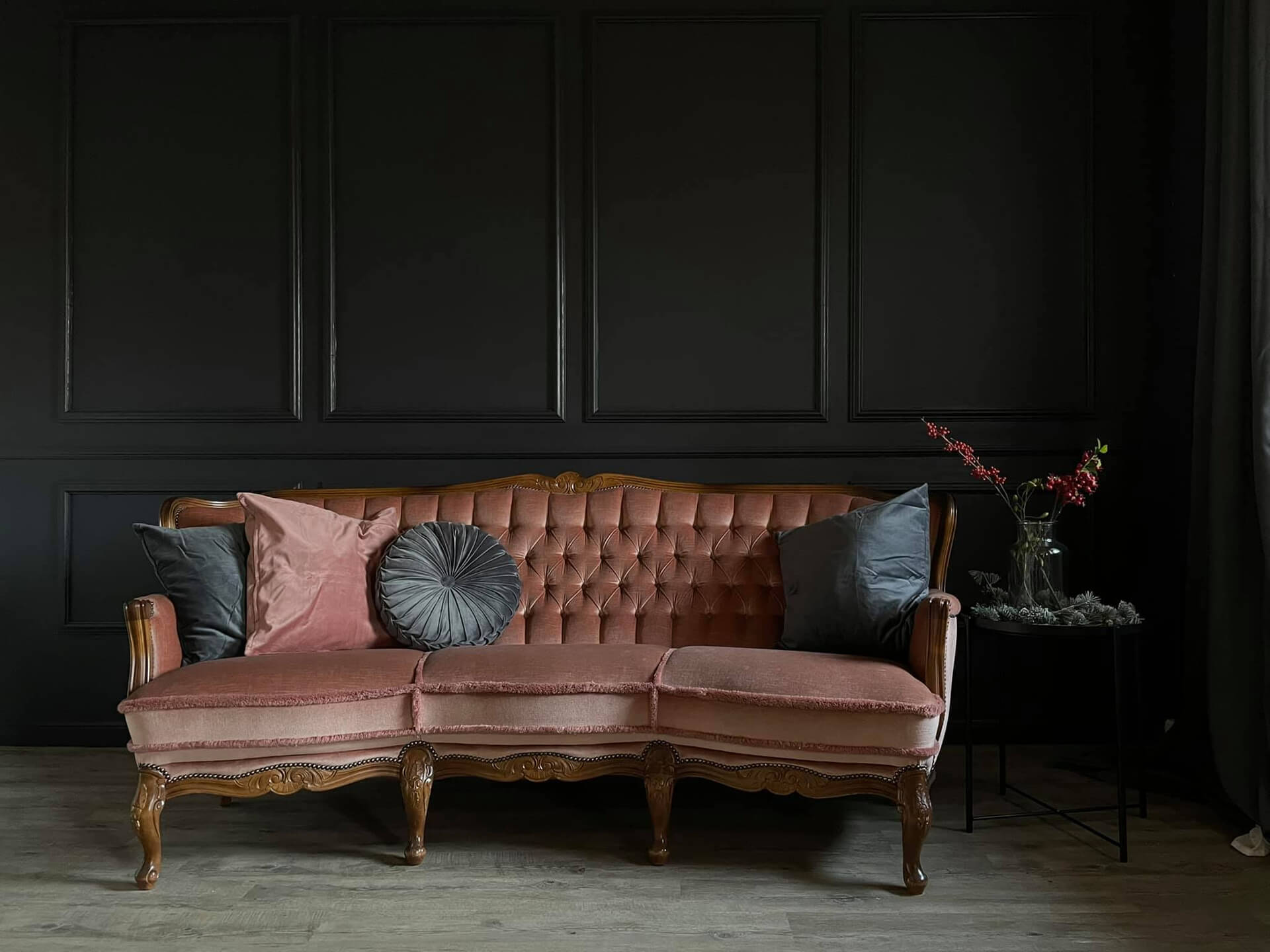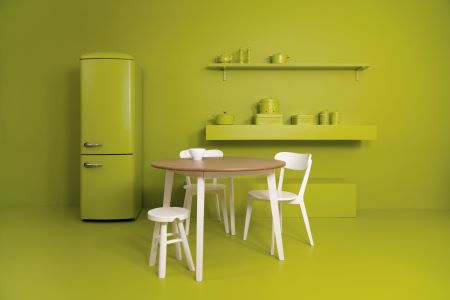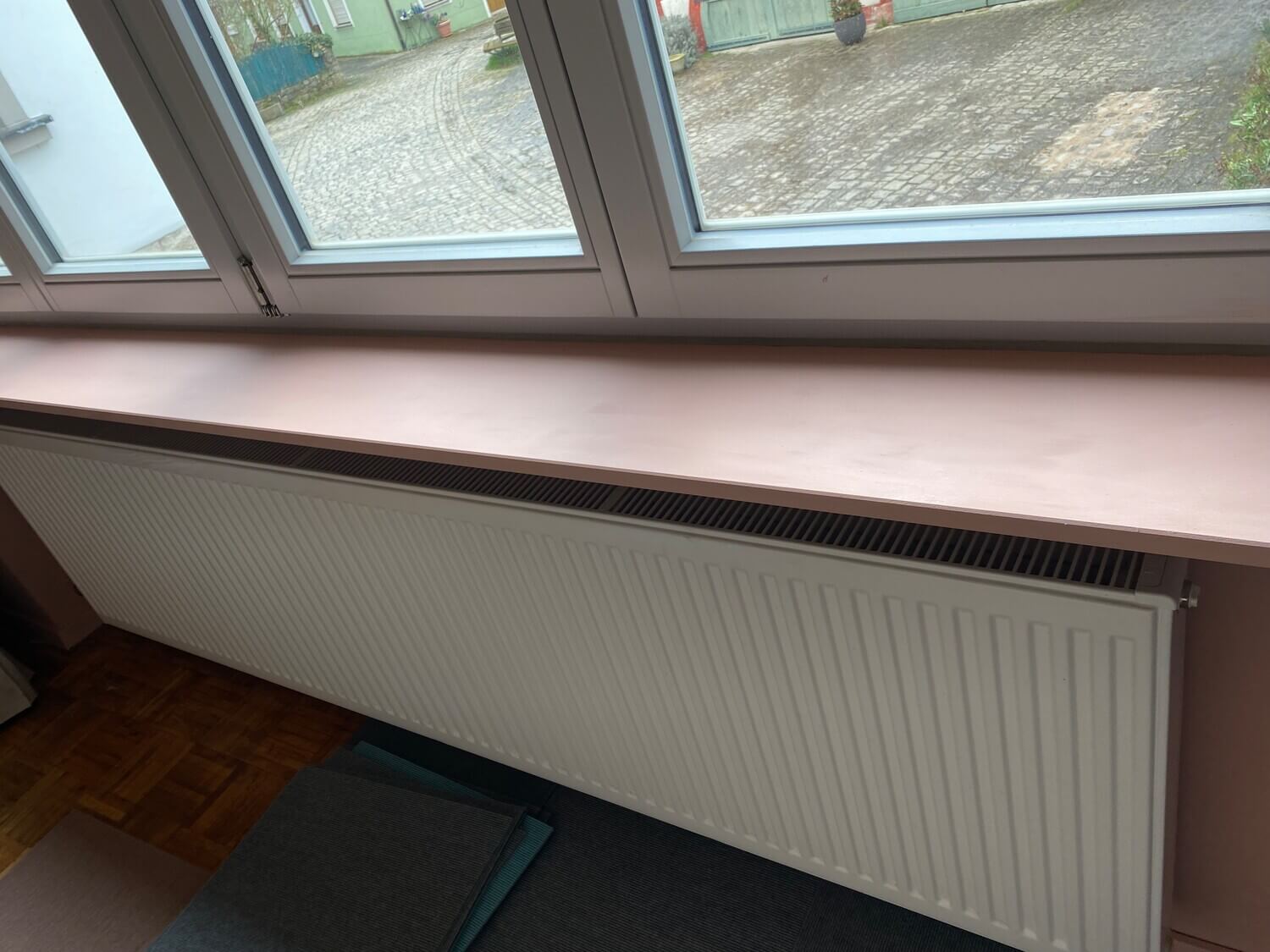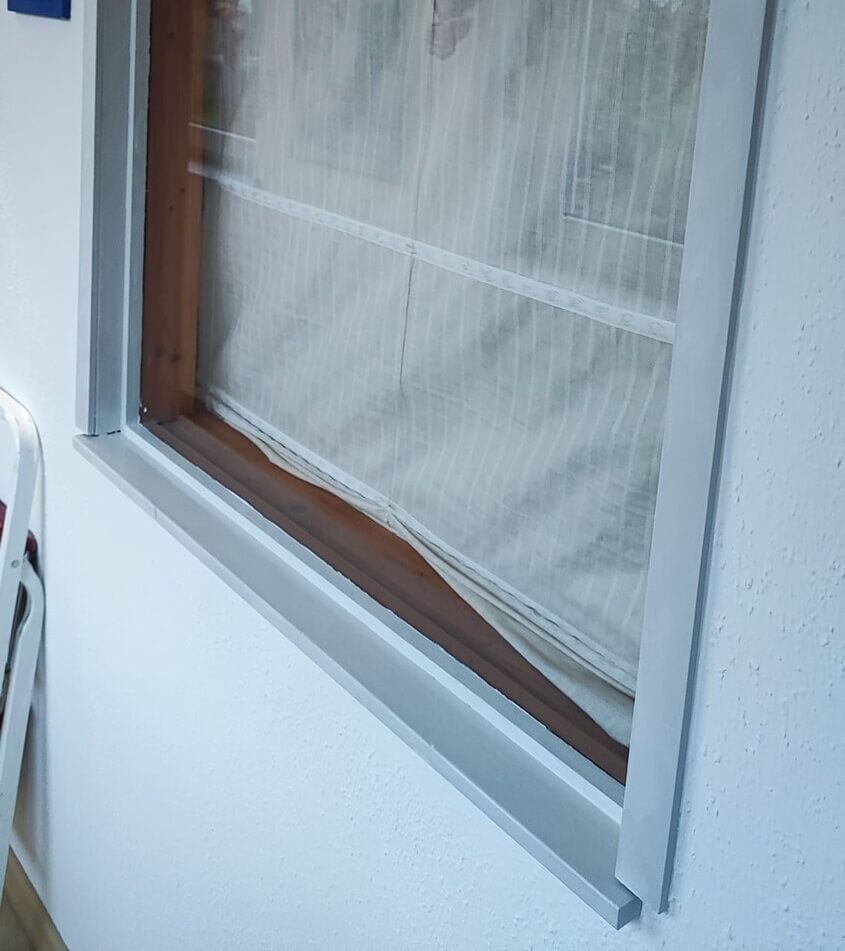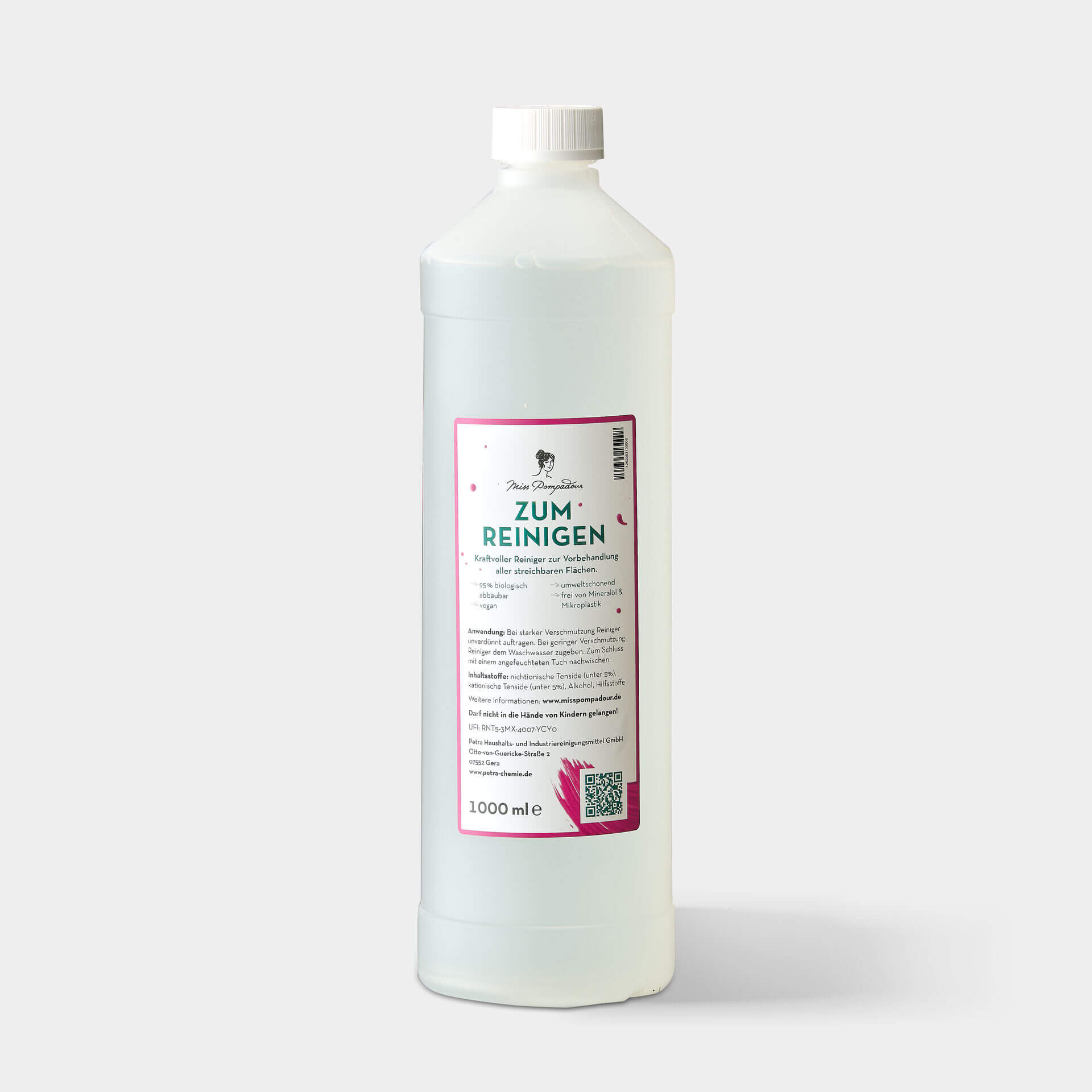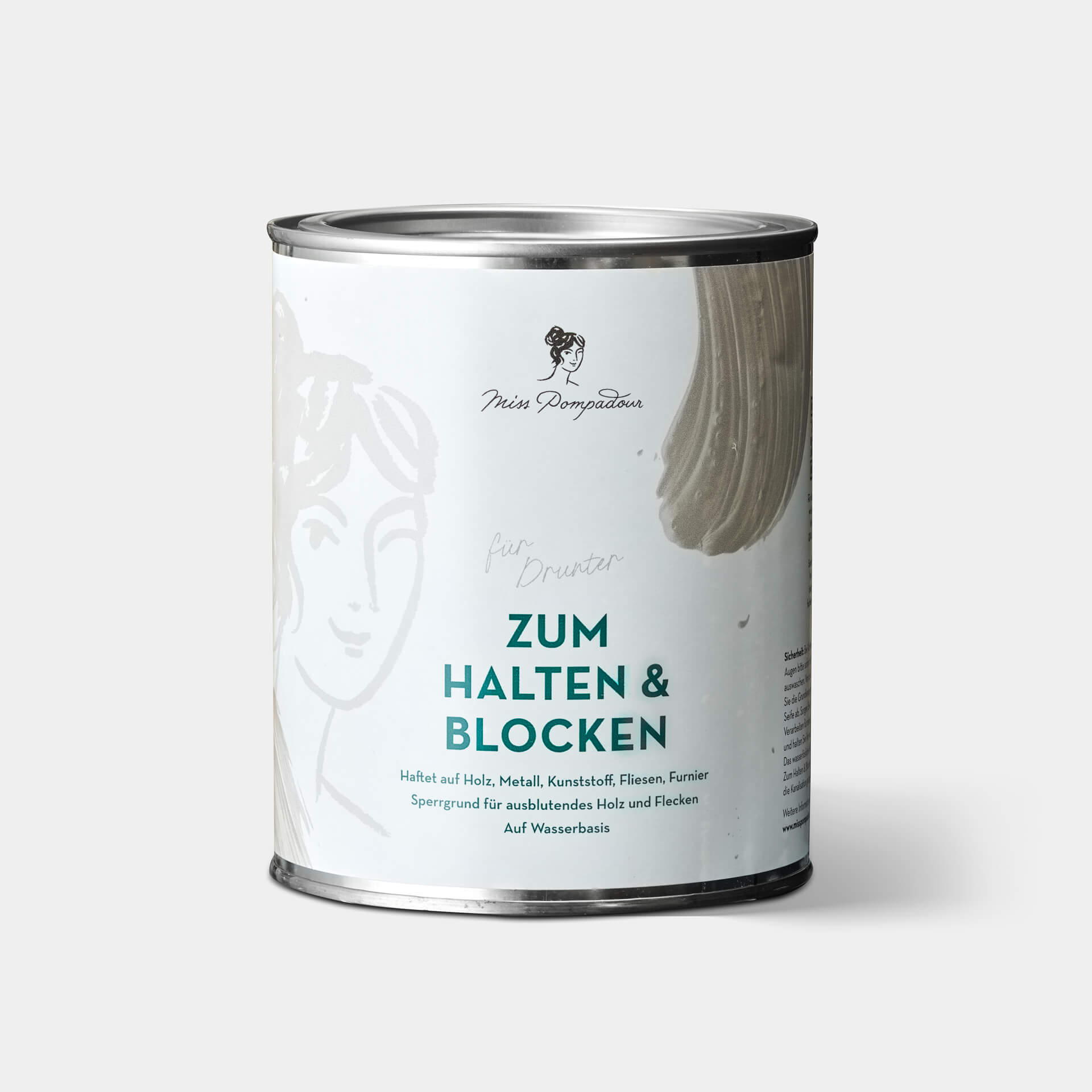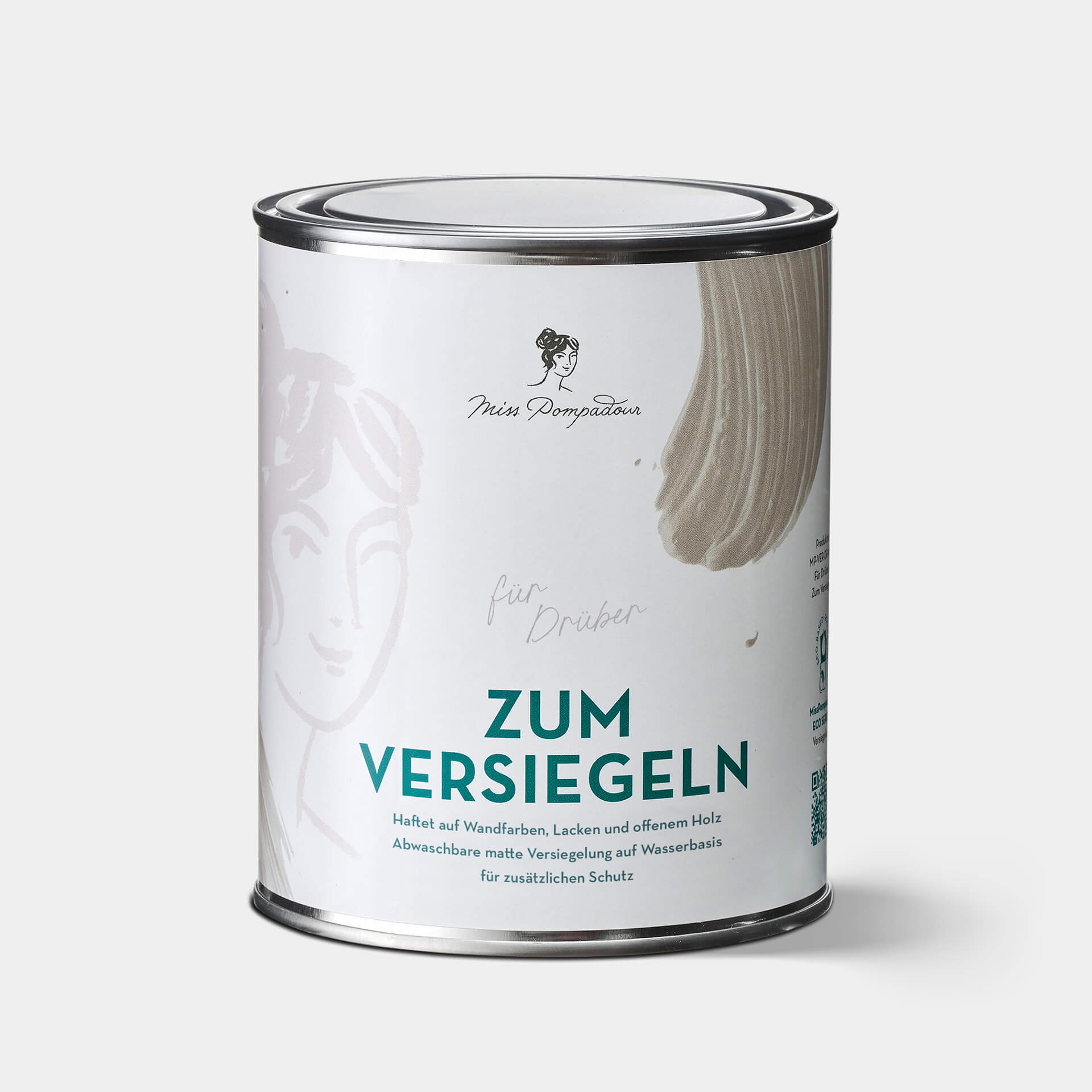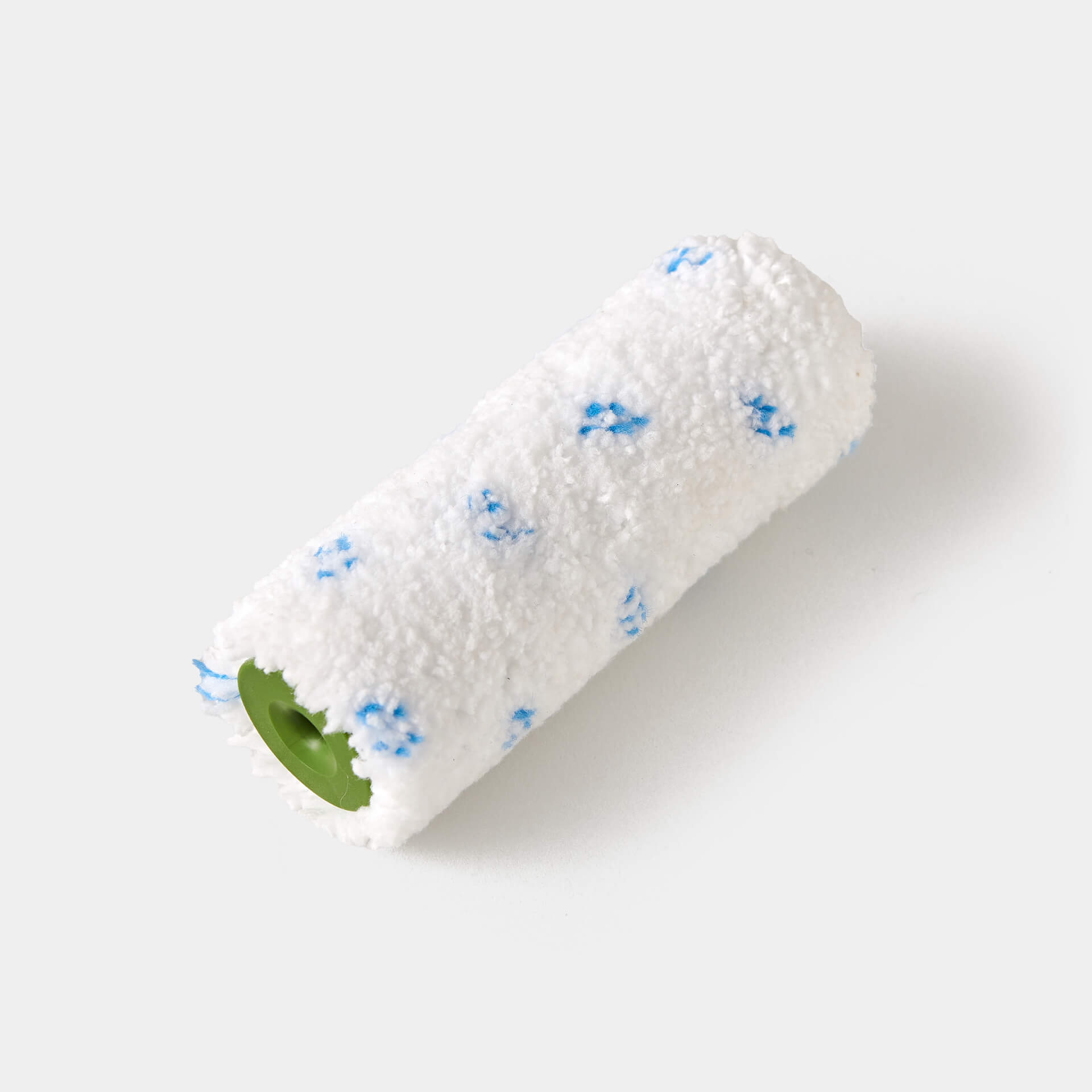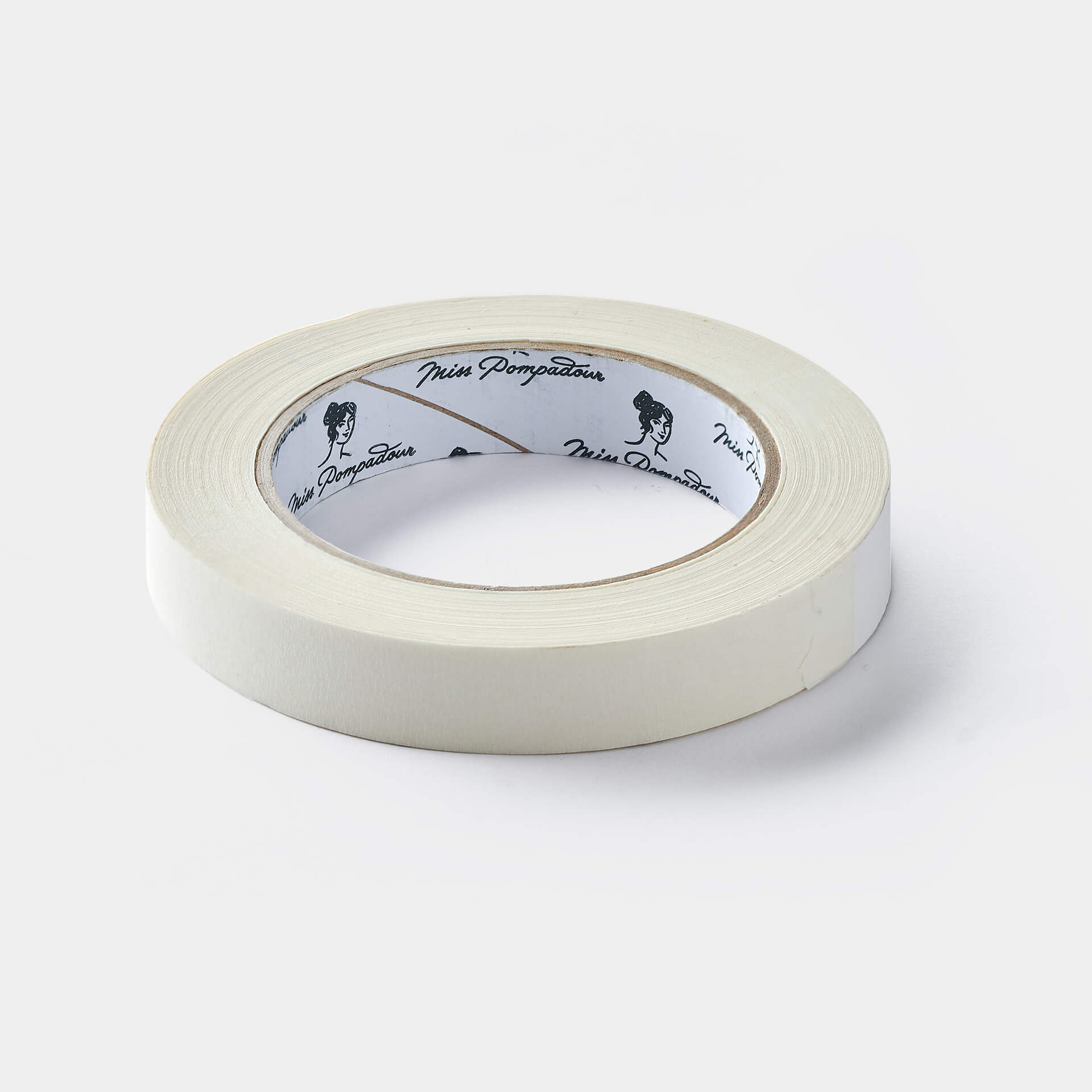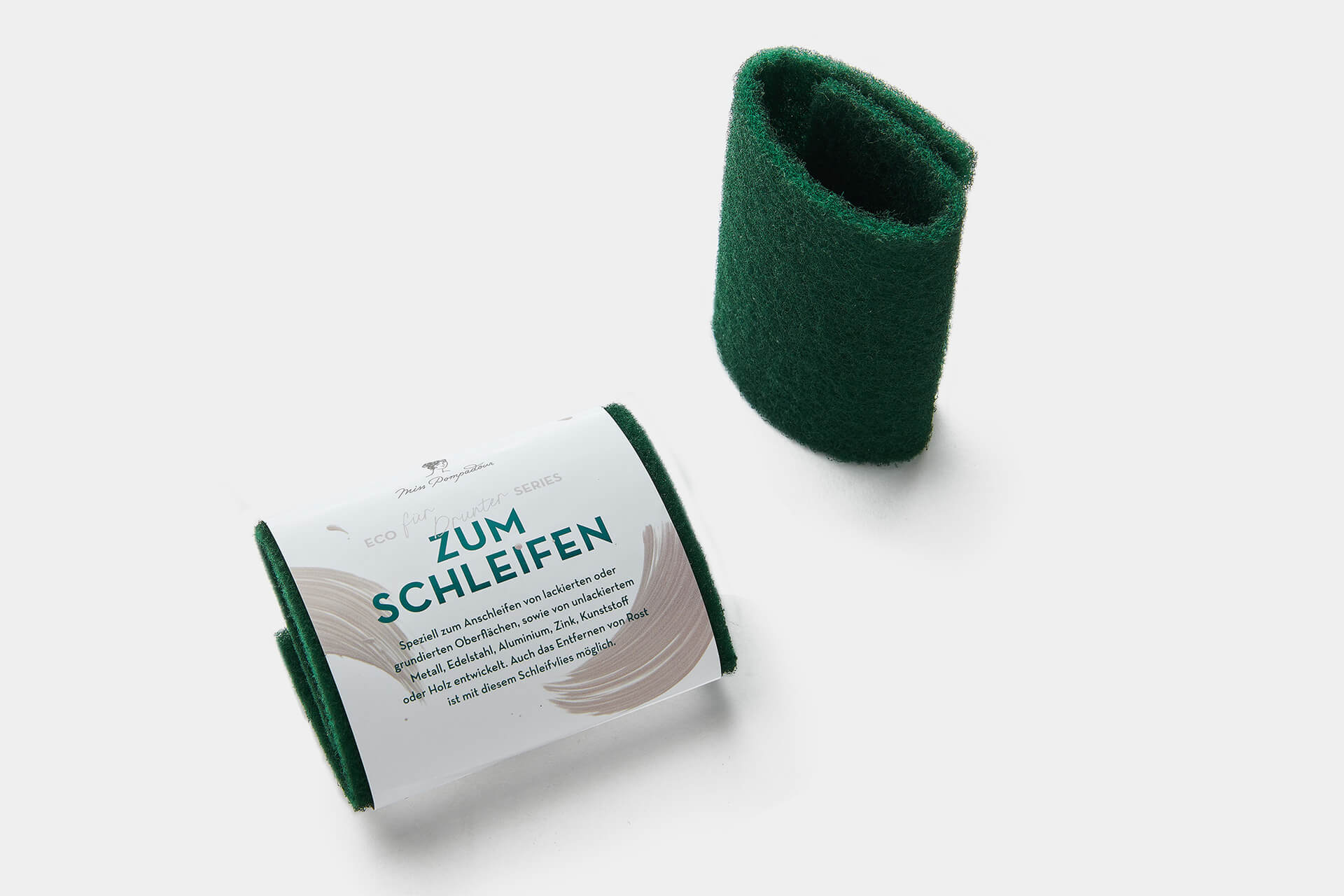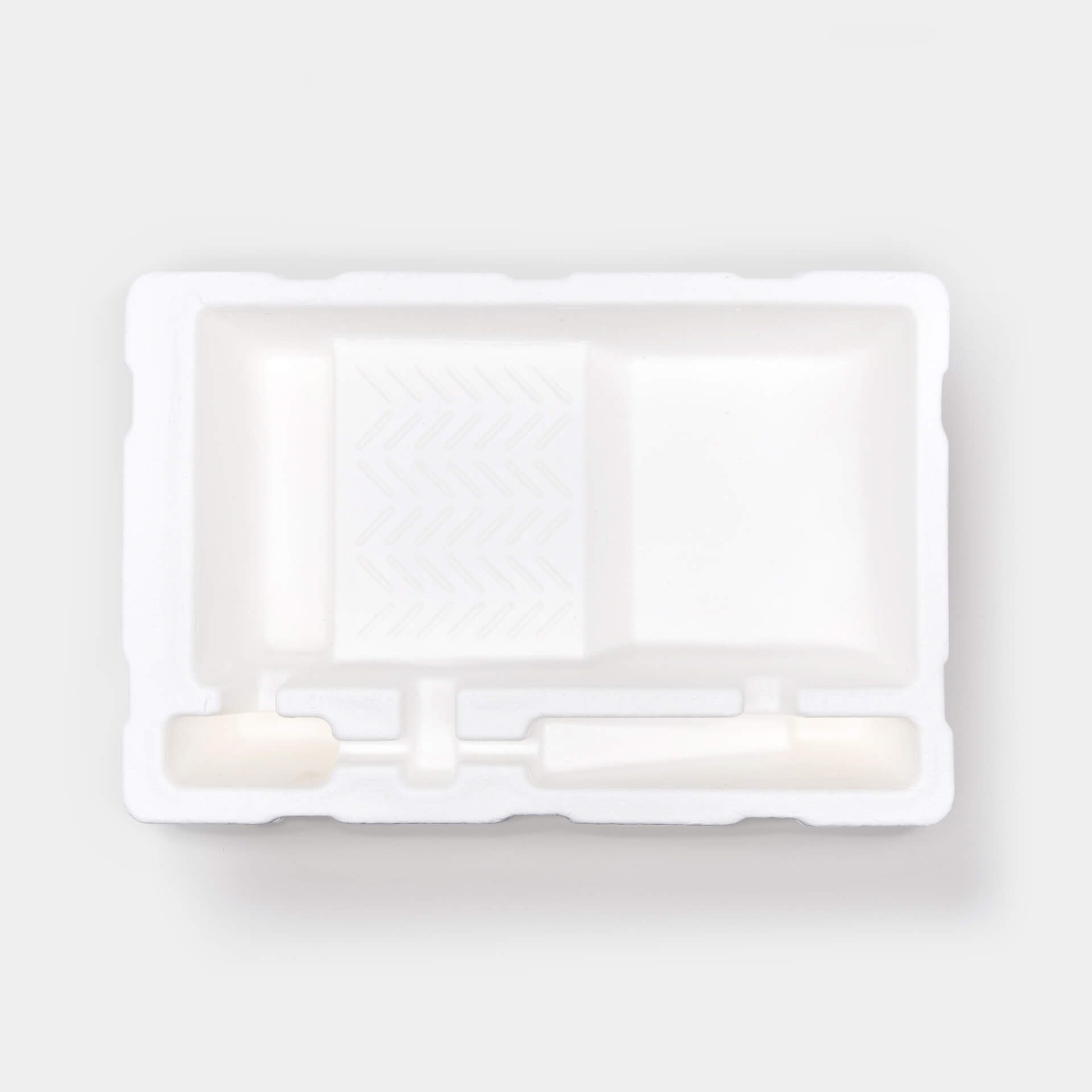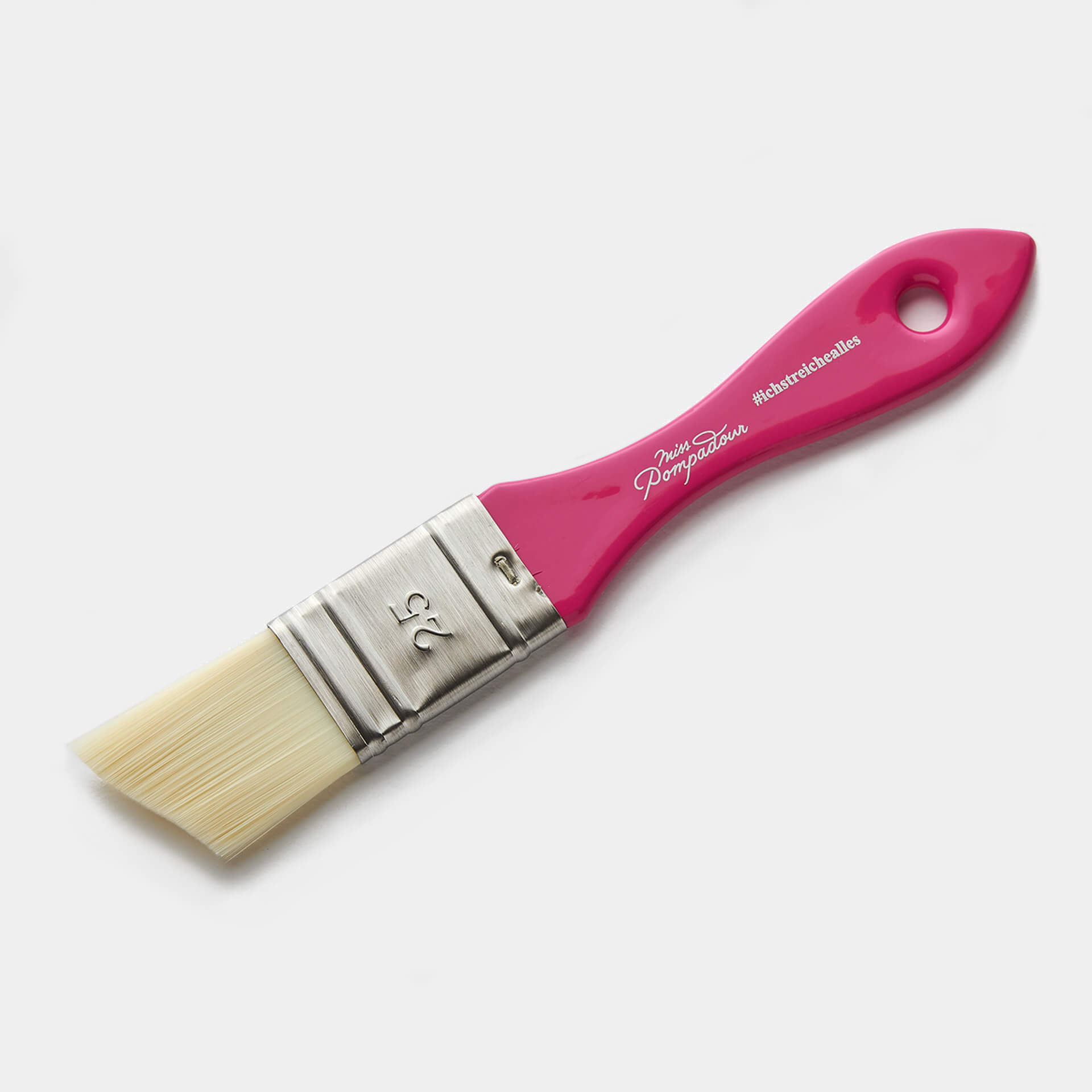Painting a window sill: Instructions and tips
In Painting - How-To · 10 min reading time
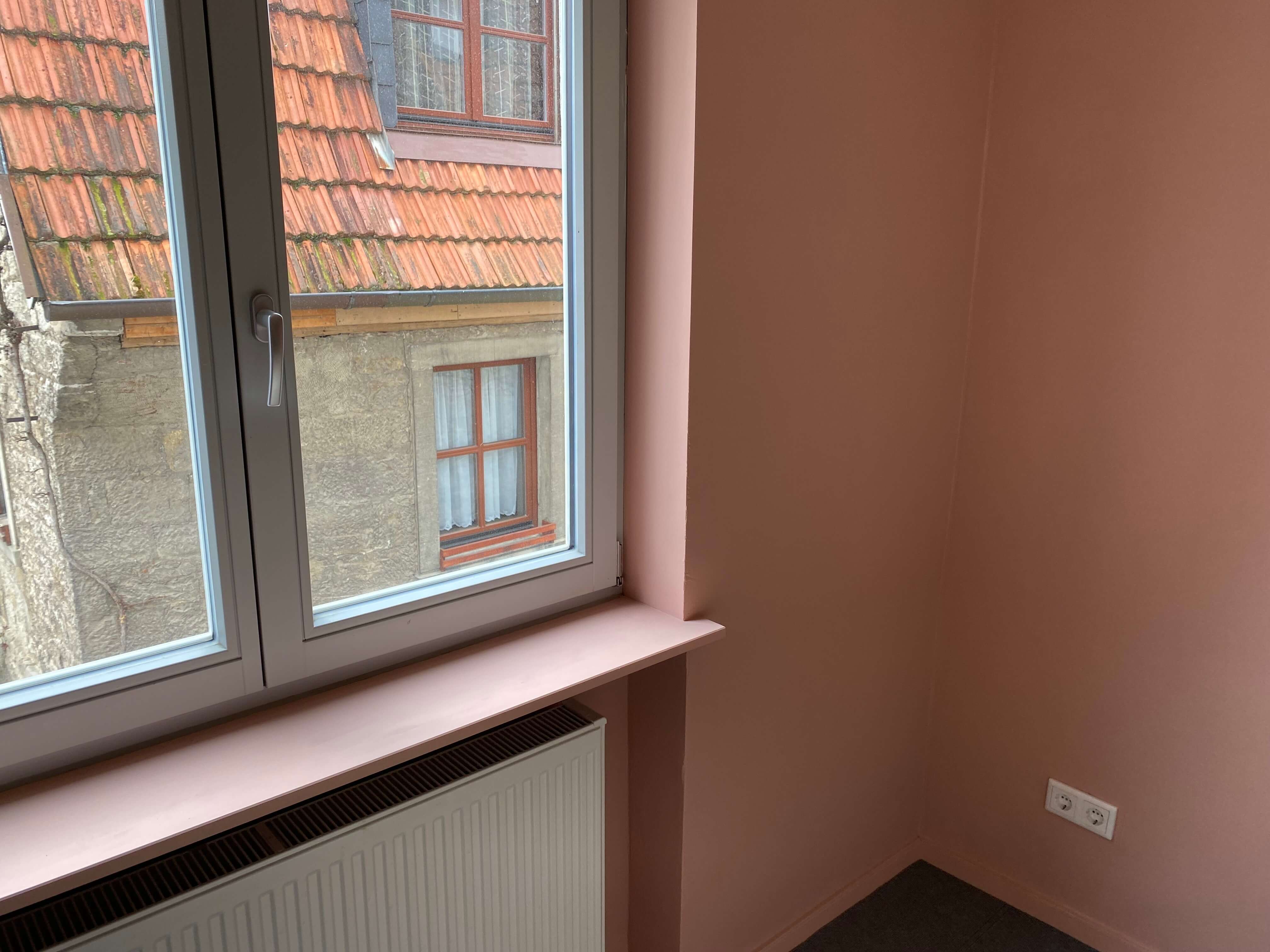
Window sills are important design elements of a flat or house, both inside and out. Inside, they often offer space for an attractive decoration or plants. Outside, it is not enough to just paint the windows cleanly; the window sills must also look tidy. Only the two together in combination with a nicely finished front door makes a house look inviting. If your window sills no longer look neat and tidy, you can paint them. We'll show you how to do it here
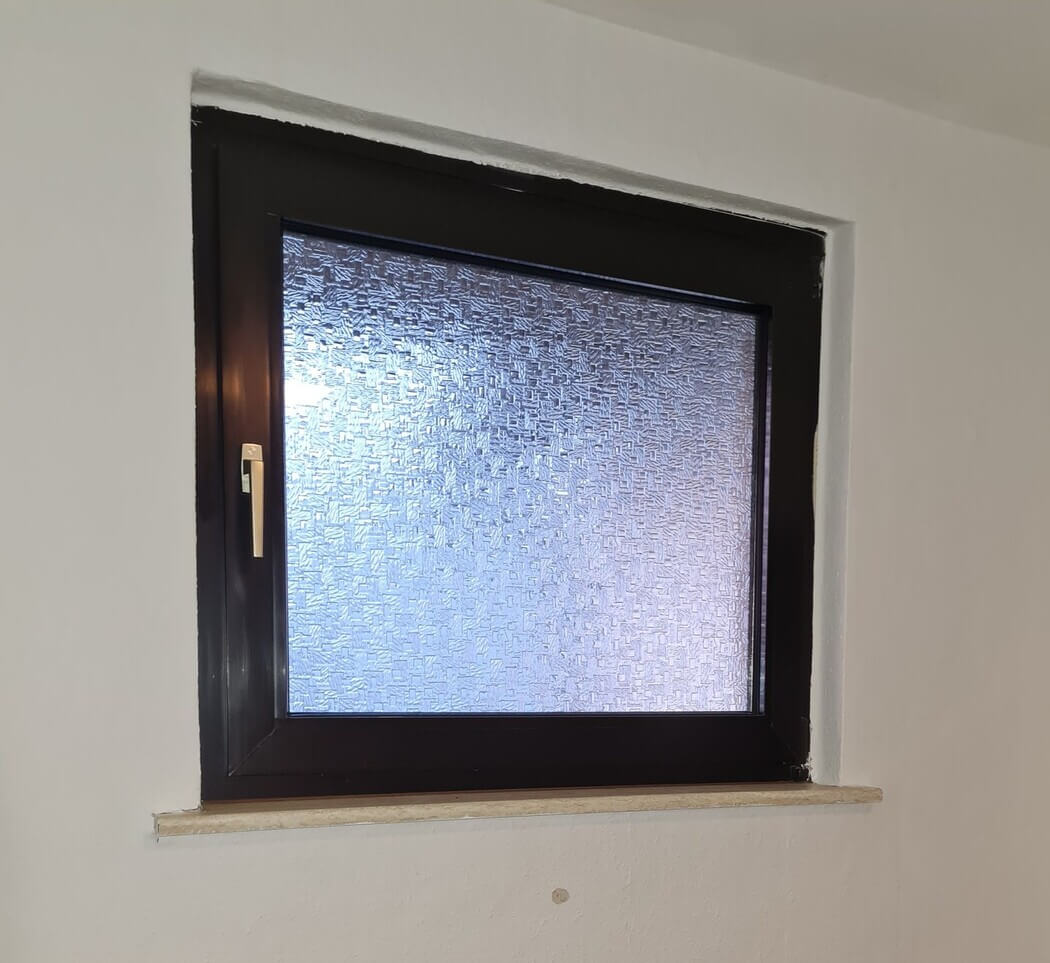
BEFORE
- This room was redesigned all around - even the windows and window sill were thought of.
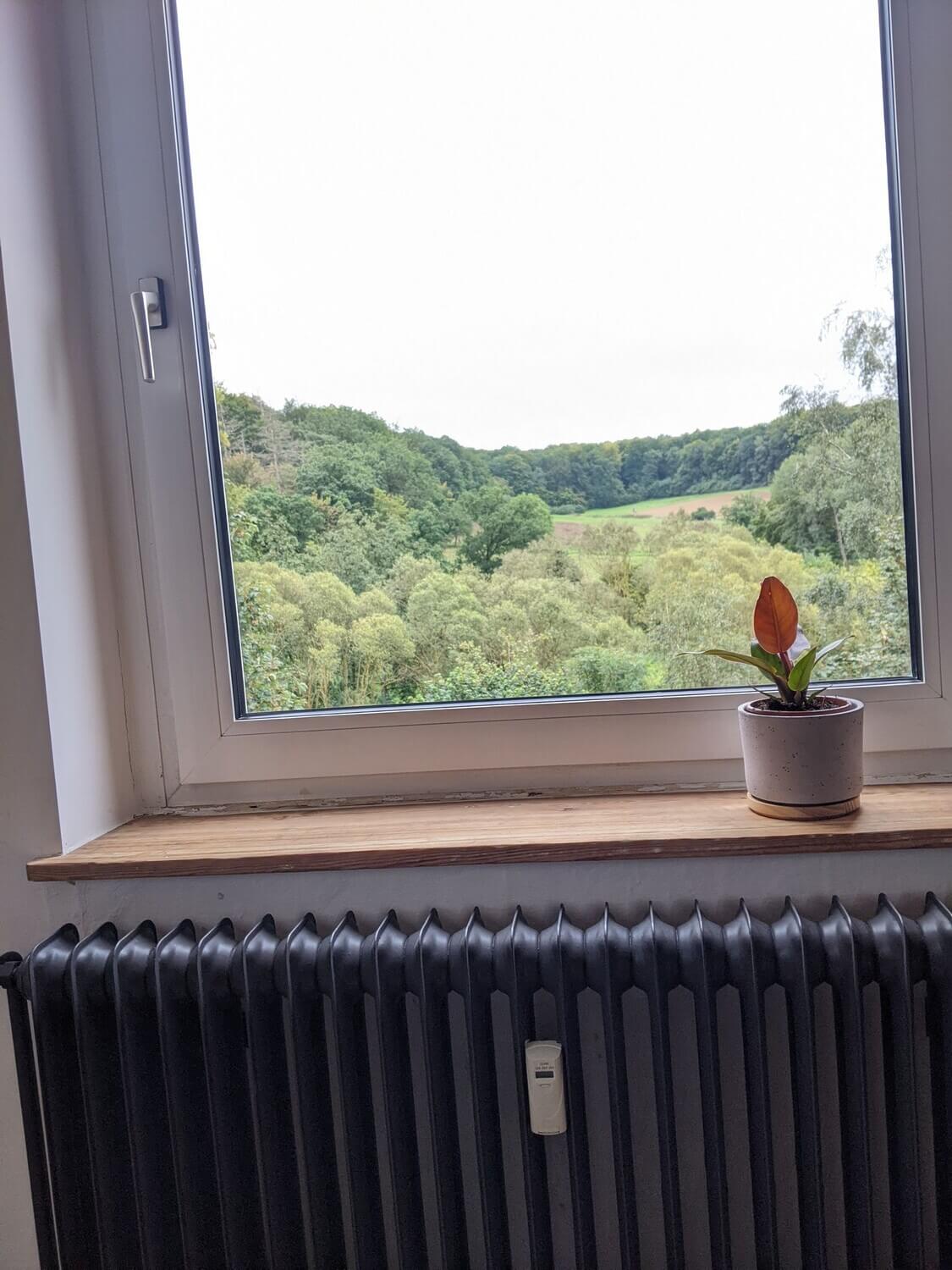
BEFORE
- Our customer wanted to match the wooden window sill to the window.
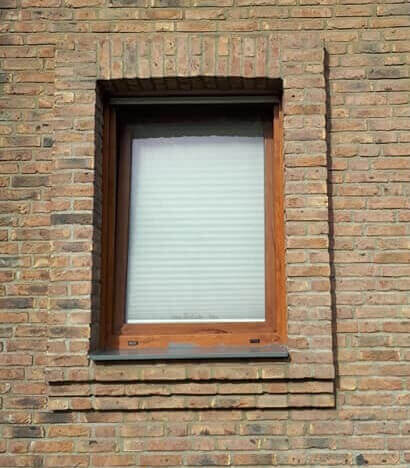
BEFORE
- The brown window frames received a new coat of paint - and the window sill at the same time.
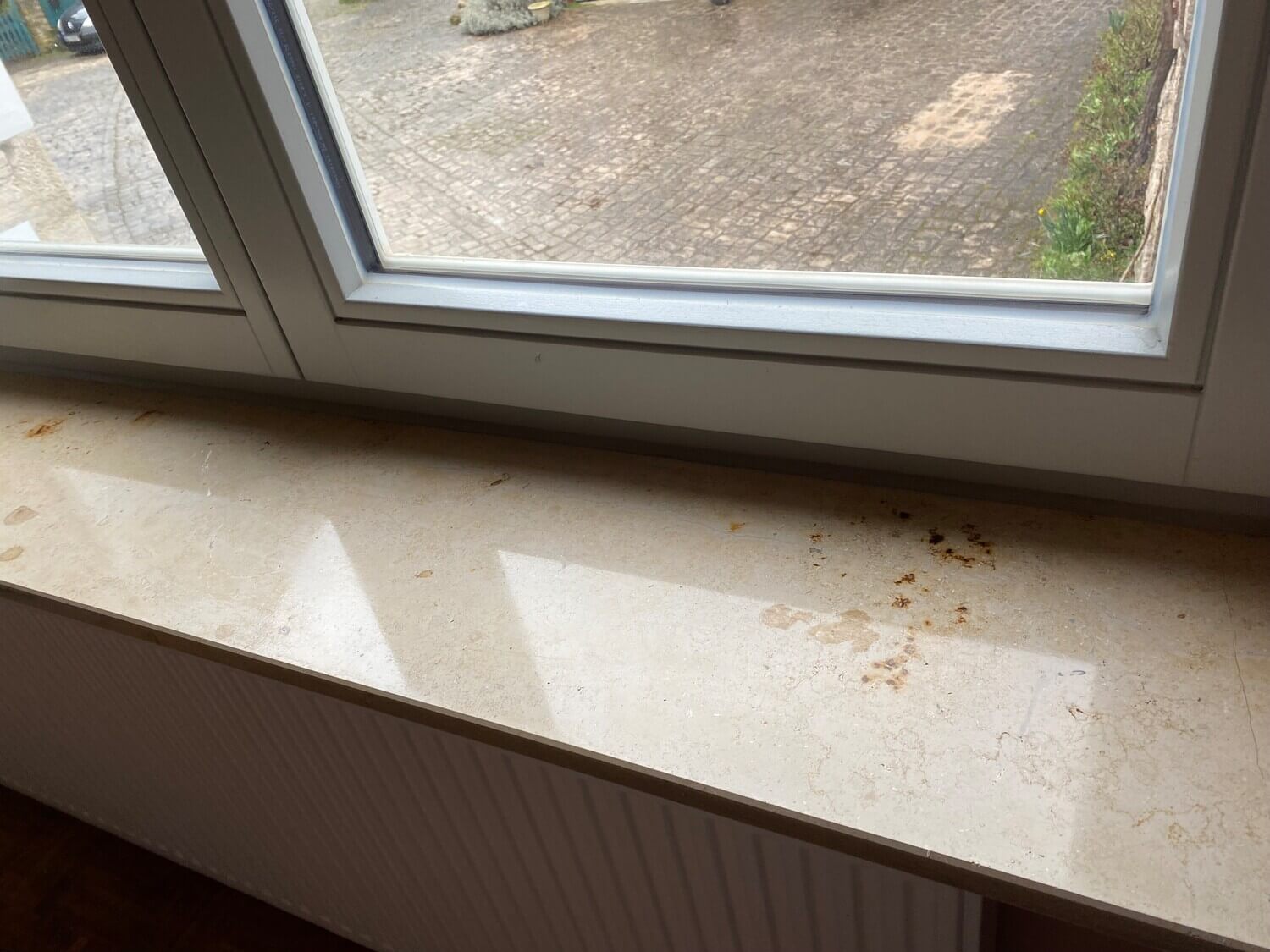
BEFORE
- Our customer wanted a little more colour.
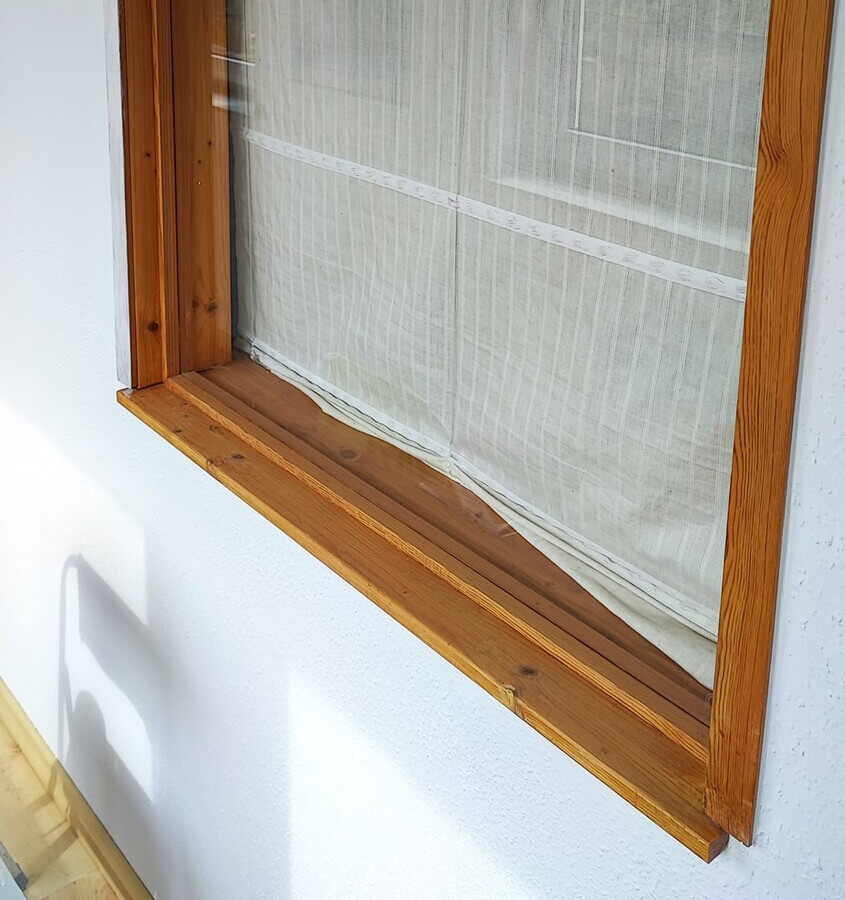
BEFORE
- This old exterior wooden window needed a new coat of paint.
Painting a window sill: Which paint is suitable for which window sill?
It always makes sense to repaint a window sill. And for this, the stable and hard-wearing varnish quality MissPompadour Eggshell Varnish is recommended. Depending on the material the window sill is made of, you should prepare with a primer. The following materials always require a primer: marble, stone and granite, concrete, metal and aluminium . Read details about the different materials.
Aluminium is a special case. Here it is important that you first find out whether it is anodised or non-anodised aluminium. If it is not anodised or has already been painted, you can simply paint over it after priming with To Bond & Block. On anodised aluminium, no paint will last in the long run.
You can find out whether it is anodised or non-anodised aluminium by trying to make a scratch in an inconspicuous place with a copper coin. If this does not work, it is anodised aluminium.
As window sills often only have small areas, it is also great to use varnishrests from the last project. This way you can embellish your window sills to match your furniture. For a window sill that is not used very much, you can also use a leftover colour from the Matt Varnishes. If you have window sills in your child's room made of untreated wood and you want to paint them to match the furniture or walls, you can also use the LittlePomp chalk varnishes. These are available in 15 soft colour shades to match the LittlePomp chalk paints on your walls.
Simple instructions: Painting a window sill
Step 1: Cleaning
First, the window sill is carefully cleaned. This works particularly well with the MissPompadour Cleaner To Clean. Wipe with clean water and let everything dry well. Don't forget to mask well!
Step 2: Priming
Depending on the texture and material of the window sill, sand the surface a little (aluminium) and prime with the adhesive and stainblock To Bond & Block(for smooth surfaces or wood). If you use the primer as a stainblock on untreated wood, it should dry for approx. 8 hours or overnight. On smooth surfaces such as plastic, 3 hours drying time is sufficient.
Step 3: Painting
Now apply at least 2 coats of your desired colour. Give the paint at least 4 hours to dry after each coat.
Step 4: Sealing
Finally, you can stabilise your interior paint with the MissPompadour Top coat.
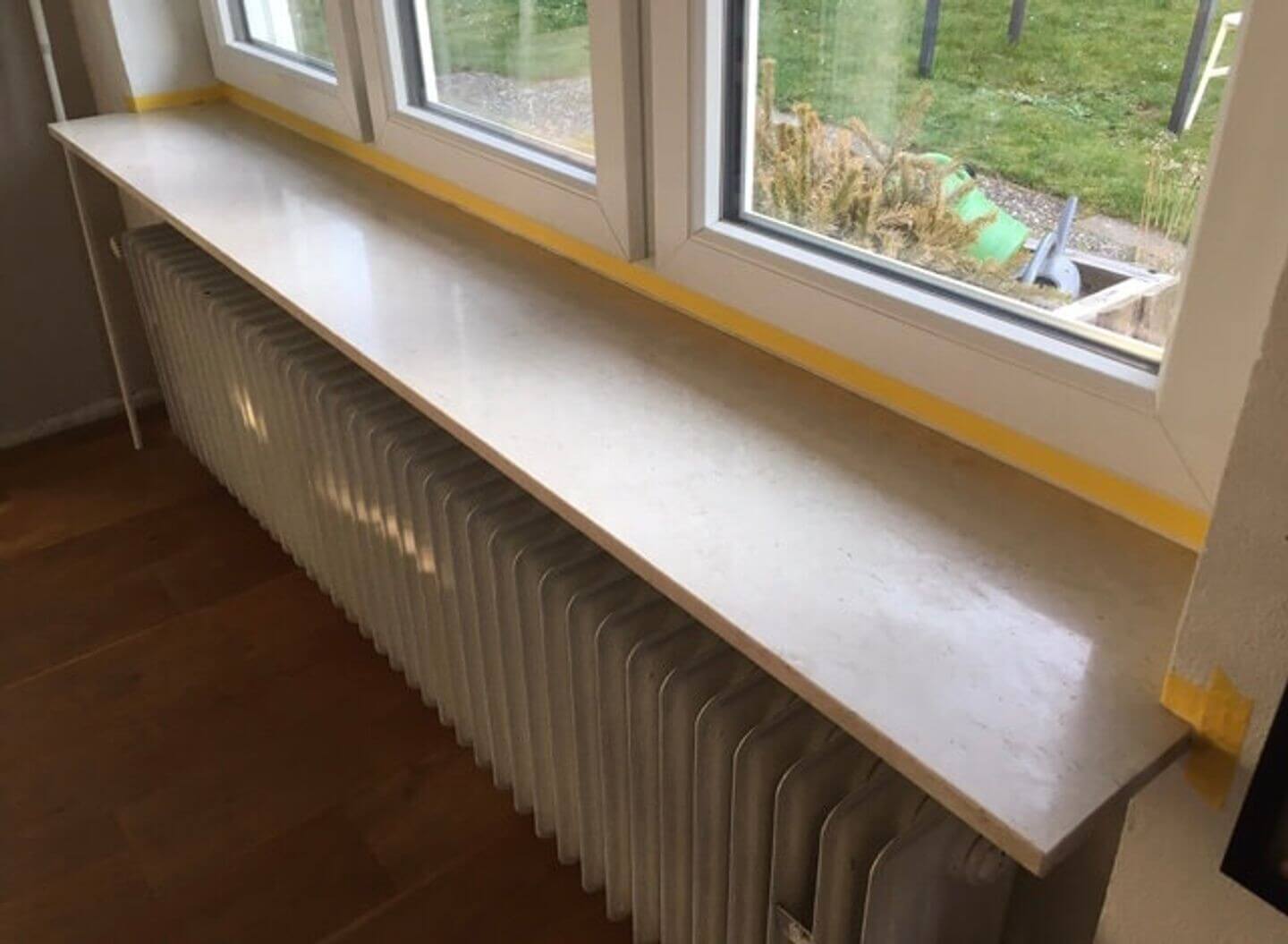
Don't forget to mask!
Accessories for painting window sills
You will need:
- Adhesive tape to protect all surfaces that are not to get paint off
- Cleaning agent, rags and water to clean the surfaces
- Depending on the material, the bonding and stain block To Bond & Block for the undercoat
- Sanding Pad to sand aluminium
- The varnish MissPompadour Eggshell Varnish in the colour of your choice
- MissPompadour To Seal for interior finishing if necessary
- paint tray
- varnish roller
- Brush
What material do you want to paint?
It makes a difference whether your windowsill is made of stone, wood, eternit or other material. Here you can find out what you need to consider:
Stone window sills made of marble
Marble window sills are very often found in the interior of houses. This material is stable, hard-wearing and has a high-quality appearance. However, marble is also porous and can get stains over the years that can no longer be removed. Then these window sills may no longer look beautiful. Sometimes they just don't fit in with your interior design style. The only thing to do is to use paint and a brush.
Since marble is usually polished and has a very smooth surface, it is best to prime it with a primer such as MissPompadour To Bond & Block. Then you can apply the colour shade of your choice. If you expect your window sill to be subjected to a lot of wear and tear, you can finish your coat with MissPompadourTopcoat to be on the safe side.
Stone and granite window sills
In many houses, the interior window sills are made of granite. Granite is a rather indestructible material that lasts a very long time. Unfortunately, granite is usually patterned and also often has a not very attractive beige tone, which is also polished to a high gloss. If you have a glossy granite surface, you must in any case prime it with the primer MissPompadour To Bond & Block so that your paint can adhere well to the smooth surface.
Eternit window sills
Eternit is a fibre cement and is usually found on the exterior of a house. It is extremely weather resistant. Of course, you can paint Eternit, but keep in mind that while our paints are weatherproof, they cannot tolerate standing water. If the water has a chance to run off your Eternit window sills, you can paint them. As eternit has a rather porous surface, you do not need a primer.
Concrete window sills
Concrete is also more likely to be found outdoors and only in exceptional cases indoors. You can paint concrete very well. A primer coat of MissPompadour To Bond & Block makes sense. This will give you an even surface to which your desired colour will adhere well. Outdoors, you can also use the varnish Eggshell Varnish if the water from the windowsill can drain off well.
Aluminium window sills
First find out whether it is anodised or non-anodised aluminium. To do this, try to make a scratch with a copper coin in an inconspicuous place. If this does not work, it is anodised aluminium. Anodised aluminium will not hold paint in the long run.
If it is not anodised or has already been painted, clean the window sill thoroughly before working on it. For this, it is best to use the MissPompadour Cleaner To Clean. You can then roughen the surface slightly with fine-gritsandpaper or Sanding Pad. Then prepare the aluminium window sill for painting with the primer MissPompadour To Bond & Block. After the primer has dried for a few hours, you can apply the actual paint.
Wooden window sills
Especially in old houses, the window sills are often made of wood. They are then particularly easy to paint. Old varnish can simply be painted over as long as the varnish layer is still stable. If the old varnish is flaking off, you will have to sand these areas a little. Untreated wood or stained surfaces should be primed with our To Bond & To Block primer. This will prevent unattractive discolouration from appearing on your new paint. Then apply 2 coats of the colour of your choice.
Plastic window sills
In newer houses, plastic window sills are often used in conjunction with plastic windows. Unfortunately, they are not as resistant as one might think. Rust from flower pots and other substances often penetrate deep into the plastic, and these stains cannot be removed. Painting helps here, too.
Clean the surfaces very carefully, because plastic attracts dust particularly well due to electrostatic charging. If the surface of the plastic window sill is very smooth, it is best to apply a coat of MissPompadour To Bond & Block primer. Then you can apply the colour of your choice and your window sills will look like new.
FAQs: Frequently Asked Questions about Painting Window Sills
What paint do you use to paint a window sill?
The colour shade should be coordinated with the other colours in the room. Classically, you paint your window sill in black, grey or white. However, you can add a colour accent to match your wall paints or furniture.
Which varnish is ideal for window sills?
We recommend the hard-wearing and easy-to-clean varnish Eggshell Varnish for indoors and outdoors. Our LittlePomp chalk varnish is suitable for indoors. On windowsills that are not exposed to much wear and tear, you can also use a residual colour of the Matt Varnish.
Which varnish holds on stone?
For smooth stone surfaces, a primer coat of MissPompadour To Bond & Block is important. It creates the right base for the varnish. Afterwards, a hard-wearing varnish such as Eggshell Varnish will hold well.
Can marble and other natural stones be painted?
Yes, all stone surfaces can be painted without problems if you use a primer.
All products for your project
Content: 91 piece (€0.14* / 1 piece)


